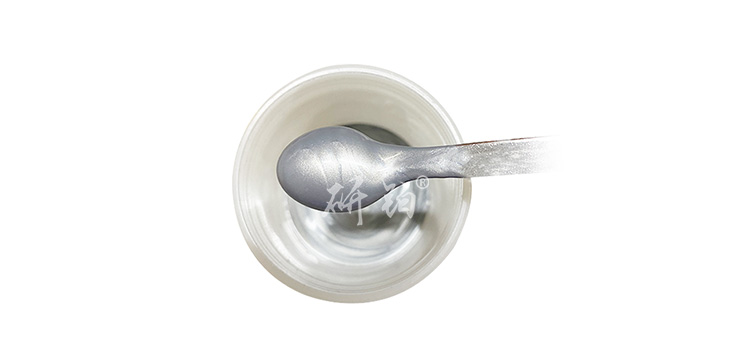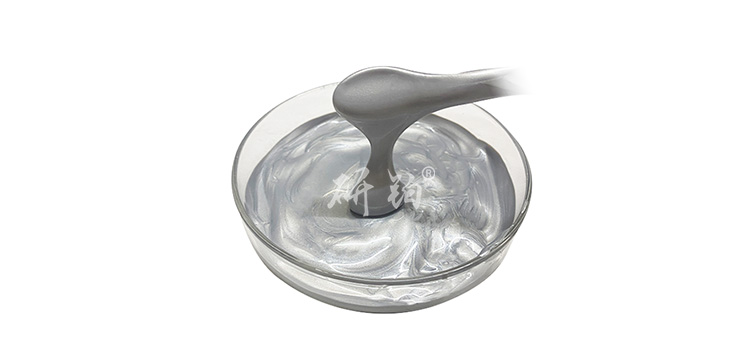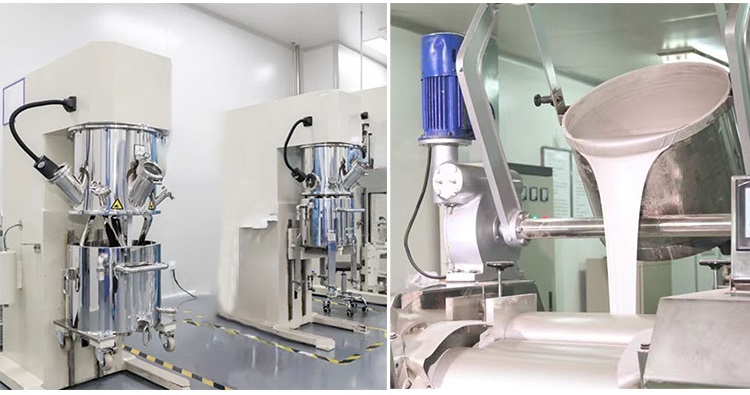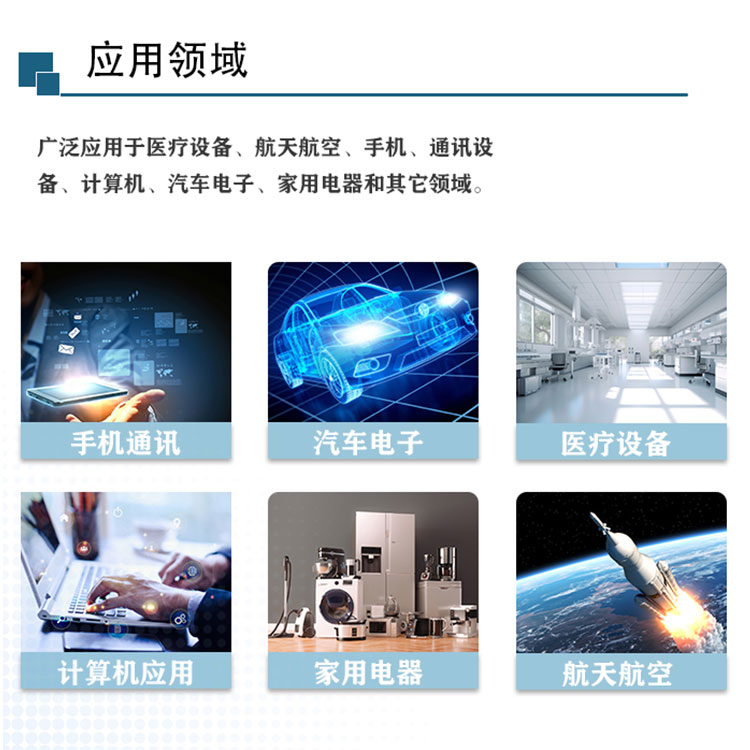Pressure free sintering conductive silver paste is a type of conductive silver paste formed through pressure free sintering technology using special formulas of silver powder and resin matrix materials. Compared to traditional sintering processes, pressureless sintering can achieve sufficient sintering of silver powder at lower temperatures, thereby forming high-quality conductive layers without the need for additional pressure.

Product characteristics
- Non pressure sintering:
- Low temperature sintering: It can complete the sintering process at a lower temperature, reducing thermal damage to the substrate.
- No pressure required: No external force is required during the sintering process, suitable for substrates that are sensitive to temperature and pressure.
- High conductivity:
- High silver powder content: Adequate silver powder content ensures the formation of a low resistance conductive layer.
- Inter particle sintering: Silver powder particles form continuous conductive paths through sintering, improving their conductivity.
- Excellent adhesion performance:
- Resin matrix: The resin matrix has good adhesive properties and can firmly bond various substrates such as metals, ceramics, glass, etc., ensuring the stability and reliability of the conductive layer.
- High temperature resistance performance:
- High temperature resistance: able to maintain stable conductivity and adhesive strength in high temperature environments.
- Good processability:
- Liquidity: It has good fluidity, thixotropy, and operability, suitable for various coating processes such as screen printing, spraying, etc.
- Curing conditions: Room temperature curing or heating curing can be selected as needed, and specific conditions should be operated according to the product manual.
- Environmental friendliness:

application area
- Electronic packaging:
- Integrated circuit packaging: used to connect integrated circuit chips with substrates, pins, and other components to ensure efficient signal transmission.
- LED packaging: used to connect LED chips and substrates, ensuring efficient light emission and stable operation.
- Photovoltaic cells:
- Solar cells: used to connect conductive strips in solar cells to improve photoelectric conversion efficiency.
- Photovoltaic modules: used for conductive connections in photovoltaic modules to ensure stable current flow.
- pcb:
- Circuit board: Used for conductive lines in printed circuit boards to ensure the stability and reliability of signal transmission.
- Other electronic components:
- Sensor: Used for conductive connections in sensors to ensure high-precision signal transmission.
- Flexible circuit board: used for conductive connections in flexible circuit boards to improve the reliability and flexibility of the circuit board.
workshop show










